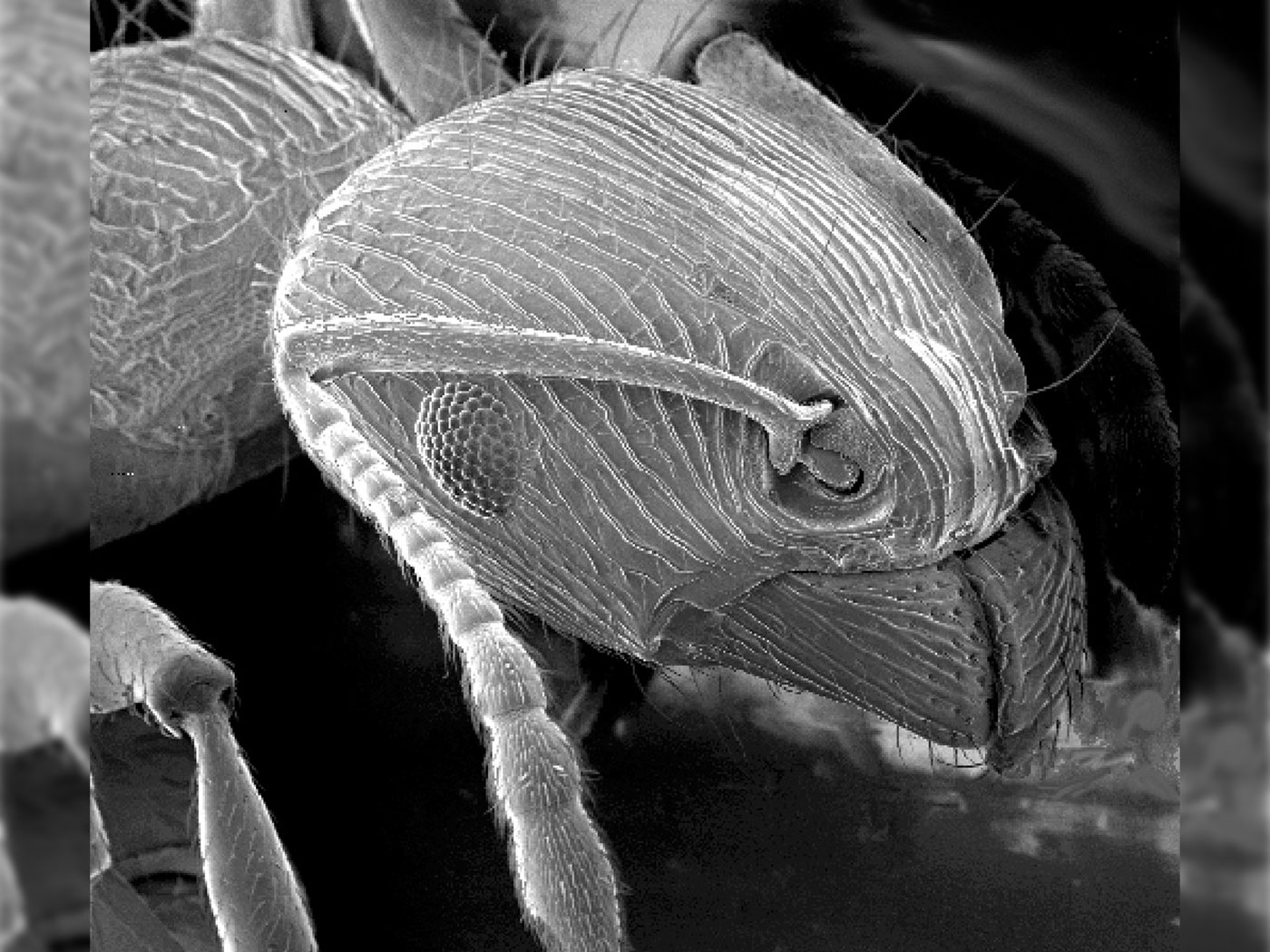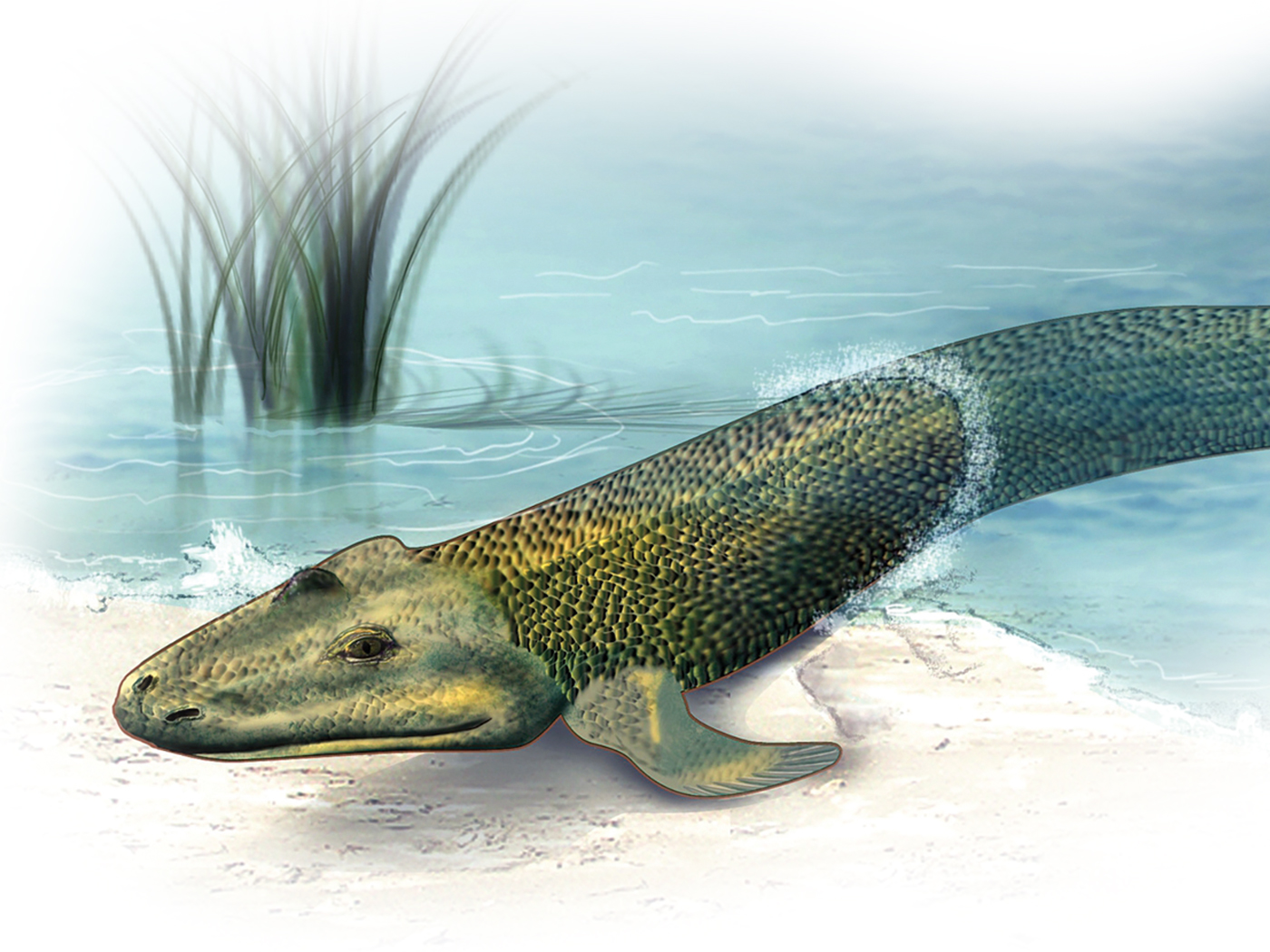Evolutionists tirelessly beat the drum of humanity’s supposed fish ancestry. Paleontologist Jennifer Clack stated:
Although humans do not usually think of themselves as fishes, they nonetheless share several fundamental characters that unite them inextricably with their relatives among the fishes.1
In a recent amusing story by the usually staid BBC, Michael Mosley claimed to find evidence of "fishy features" in human anatomy.2 Mosley, Clack, and others who reject the biblical account of creation must attempt to shoehorn scientific discoveries into uncomfortable…and often conflicting…evolutionary interpretations. For example, Clack admitted:
To be truthful, there is still not much real data, so that speculation is still active, and whatever is concluded today may be overturned by the discovery of a new fossil tomorrow.3
Dr. Mosley’s BBC article began by stating:
It may seem strange that humans have evolved from fish, but the evidence can be found not just in fossils but also within our own bodies.2
Yes, it is eminently strange, as well as unscriptural and unscientific. It has long been known by many researchers, both evolutionists and non-evolutionists, that the fossil record fails to document Darwinism’s claim of gradual change from one kind of creature into another as one ascends the sedimentary rock units.4 Mosley tried to spin the evidence in favor of evolution:
The early human embryo looks very similar to the embryo of any other mammal, bird or amphibian…all of which have evolved from fish.2
Mosley used a tautology, presupposing evolutionary ancestry to explain the embryo’s developmental process. His arguments mirror the long-discredited "recapitulation" theory of German zoologist Ernst Haeckel, who infamously stated that human embryos develop through ancestral stages…such as the fish stage…before specializing into people.5
Mosley then wrote:
Your eyes start out on the sides of your head, but then move to the middle.2
So what? Eyes have to start somewhere. It makes sense they should start on the sides of the head rather than the top or bottom.
And only in the strange land of Darwinism would someone suggest that hernias are throwbacks to a fish stage:
Inguinal hernias often require surgery, and if you are unfortunate enough to get one, blame it on fish.2
How could a patient say with a straight face, "This hernia is due to my fish ancestry"?
Mosley played the "no obvious function, so it must be an evolutionary leftover" card in regard to the philtrum, the grooved area on the upper lip just below the nose. He wrote:
[The philtrum] has no obvious function. Instead it is an accident of our origins, a clue to our fishy past and how our faces first formed.2
But the same "non-function" argument was erroneously applied to the appendix, adenoids, tonsils, coccyx ("tailbone"), and other structures and tissues that have since been found to have biological…not evolutionary…functions. The philtrum could allow people to show a wider range of lip motions, which enhances non-verbal and vocal communication. It has nothing to do with fish ancestry.
Amazingly, Mosley even tried to tie hiccups…that irritating spasm of the diaphragm…to evolutionary ancestry, although he stated it’s a "bit of evidence" that "we seem to have inherited from an amphibian ancestor,"2 a speculation based purely on the assumption of evolution.
It is hardly surprising that people and animals have blemishes such as hernias and hiccups. They are the result of the Fall and the Curse…not a fishy ancestry.
References
- Clack, J. A. 2002. Gaining Ground: The Origin and Evolution of Tetrapods. Bloomington, IN: Indiana University Press, 17-18.
- Mosley, M. Anatomical clues to human evolution from fish. BBC News. Posted on bbc.co.uk May 5, 2011.
- Clack, 3.
- See Morris, J. D. and F. J. Sherwin. 2010. The Fossil Record. Dallas, TX: Institute for Creation Research; Denton, M. 1985. Evolution: A Theory in Crisis. Bethesda, MD: Adler & Adler; and Werner, C. 2007. Evolution: The Grand Experiment. Green Forest, AR: New Leaf Publishing.
- See Wells, J. 2000. Icons of Evolution. Washington, DC: Regnery Press, chapter 5.
* Mr. Sherwin is Research Associate, Senior Lecturer, and Science Writer at the Institute for Creation Research.
Cite this article: Sherwin, F. 2011. Fishy Evolutionary Explanations. Acts & Facts. 40 (8): 16.
















